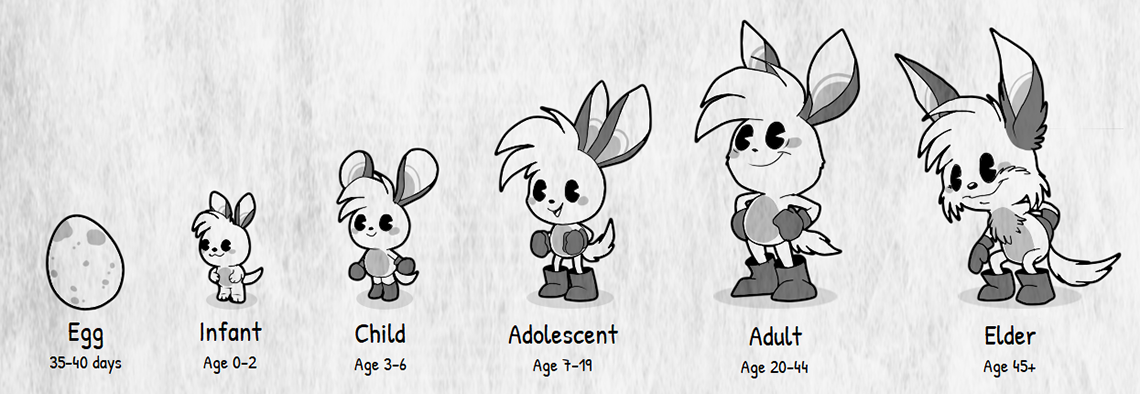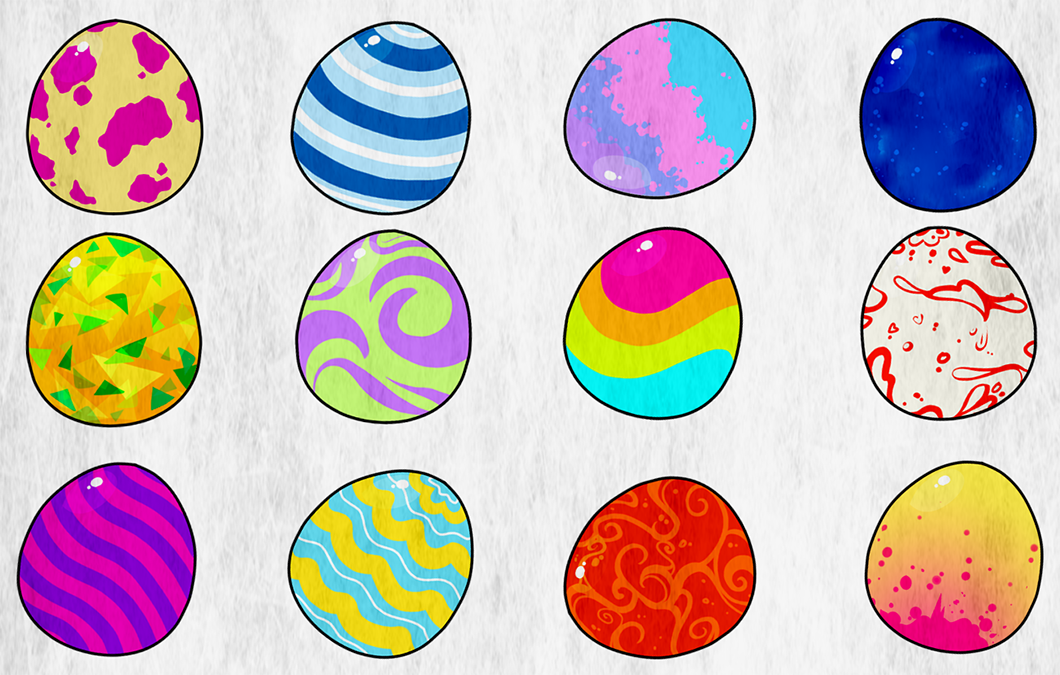Kuparkuke


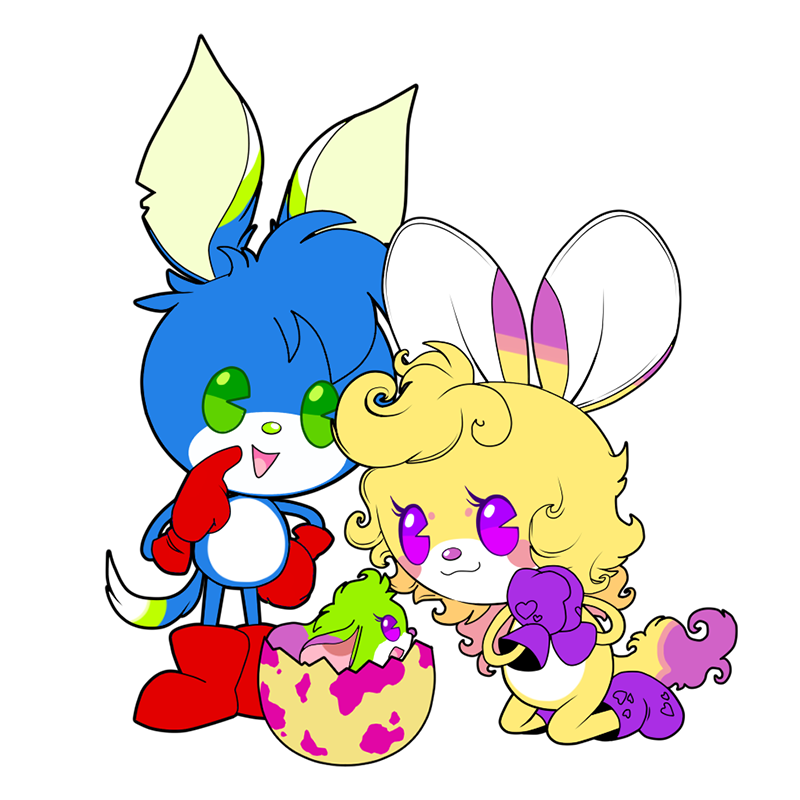 /ˌkjuːpərˈkjuːk/
/ˌkjuːpərˈkjuːk/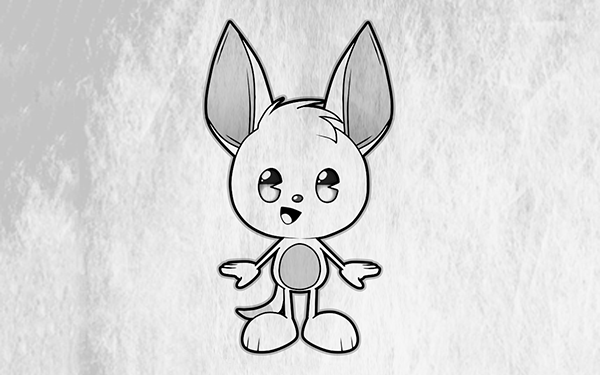 A male kuparkuke
A male kuparkuke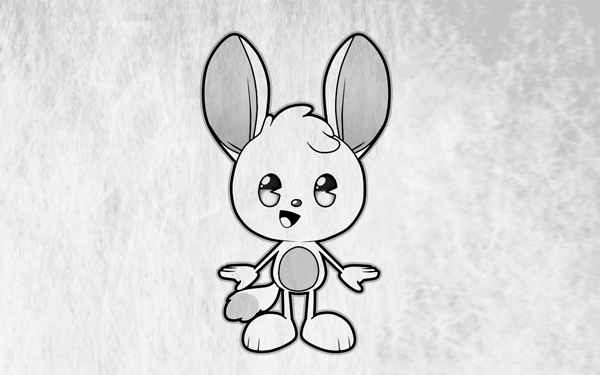 A female kuparkuke
A female kuparkukeKuparkukes are a mammalian species native to the planet Fungaia.
They are an intelligent species who live in large social groups (‘tribes’), use complex language to communicate, and place friendship above all else. They worship no gods, instead viewing Fungaia herself as their provider and spiritual mother figure. They live in harmony with the natural world, reaping no more than what they sow, and they treat Fungaia with the love and respect she deserves.
They come in many different breeds, and are by far the most numerous sentient species of their planet. They can be found in great numbers on every one of Fungaia’s continents, and they’ve adapted for all sorts of climates and environments. They’re an intelligent species, but they’d not begun to discover life beyond their own planet of mushrooms… until now.
Biology and appearance
All kuparkukes are small, bipedal mammals with large round heads which sit upon small bodies. They possess both prominent big ears, and tails. They’re frequently mistaken for rabbits, but they share very little in common with them.
Kuparkukes come in numerous different breeds, each one evolved and adapted for the specific environment it inhabits. The most common are the prismatic variety, notable for the colour of their fur, which not only varies unpredictably from one kuparkuke to the next, but also reflects their personality type. Yellow prismatic kuparkukes for instance are known for their optimism and carefree nature, whilst blue prismatic kuparkukes are considerably more serious and practical. Other well-known varieties include the deep forest kuparkukes, bone kuparkukes, swamp kuparkukes, and desert kuparkukes.
Depending on the breed, kuparkuke life expectancy generally ranges between 30 and 60 years. In some breeds, such as bone kuparkukes, expectancy falls on the lower end due to their combative nature and rougher lifestyle. Other breeds, such as prismatic kuparkukes, typically live longer because they are peaceful, and live relatively comfortable, sheltered lives. In any case, kuparkukes are generally considered infants until age two; children until six; adolescents until 20; mature until 45; and then finally elders for the remainder of their lives.
Kuparkukes display minor, but noticeable, sexual dimorphism. Three differences in particular stand out: firstly, males are generally taller than females; secondly, males have slightly longer ears with pointed tips, whilst females’ ears have rounded tips; and thirdly, males have thinner, pointed tails, whilst females possess more prominent, bushy tails.
Although they are mammals, kuparkukes are an egg-laying species. Female kuparkukes lay just one egg at a time, and each egg takes between 35 and 40 days to hatch. Unlike the eggs of most other species, kuparkuke eggs come in many different colours and patterns. This appears to be entirely random, and the colour of the egg seems to have absolutely zero bearing on the colour or temperament of the kuparkuke inside. Nevertheless, some eggs – particularly those of the golden varieties – are considered lucky.
Society and culture
Kuparkukes are an intelligent and self-aware species. They have evolved to form complex societal structures, and develop interesting, diverse cultures. Each breed has adapted to its own way of living, although all kuparkukes share several things in common. All have evolved to wear clothing, for example, whether that means simple cloths, tailored gloves and boots, or elaborate jewellery and gemstones. All breeds communicate vocally, though several use only rudimentary languages based on simple sounds and gestures. All breeds have also evolved to seek shelter, though this too varies, with some living in basic mud huts, others living in hollow mushroom cottages, and others in houses of sand and stone.
Generally, kuparkukes care little for biological blood ties. When a kuparkuke is born into a tribe, the entire tribe will (in most cases) do their share to step up and take responsibility, with all tribe members considered brothers and sisters, and therefore equals. Most kuparkukes believe that the circumstances of one’s birth mean nothing, and that anyone can become anything. Only the sand kuparkukes believe in things like birthright, and that some are better than others purely on the basis of blood and heritage.
Kuparkuke tribes are rarely hostile to one another, although many of them have adapted to the necessity of their own self-defence. Fungaia on the whole is largely wild and untamed, and beyond the peaceful kuparkuke villages, dangers and threats are never far away. All kuparkukes possess the ability to fight and handle weapons, though many – particularly the kuparkukes of the deep forests – are pacifistic, and have delved ever deeper into the dark places of the world for their own protection.
Natural abilities
Kuparkukes possess a number of useful natural abilities which help them survive life on Fungaia.
Kuparkukes boast a natural immunity to nearly all of Fungaia’s natural poisons and toxins. This includes the fungal spores which permeate Fungaia’s atmosphere, which would otherwise be lethal to outsiders. Their immunity to these spores has kept the kuparkukes safe from foreign invaders for millennia, even as factions such as the Orion Diplomacy and the Galaxian Protectorate have grown around them. Although their immunity to otherworldly poisons is unproven, it’s quite possible that the kuparkukes’ strong natural resistances would serve them well in outer space.
Unusually, they also appear to have a unique connection with mushrooms. Fungus is highly important to kuparkuke culture, being seen as a part of Fungaia herself. They’re the main food source for most varieties of kuparkuke, and many breeds even live in them, but most interestingly, they also appear to communicate with them. The fungus is always the first to know about impending danger and erratic weather, and they pass this knowledge onto the kuparkukes. All kuparkukes can converse with them, but some kuparkukes hone their gift even further to become diviners and soothsayers.
All kuparkukes possess a natural gift for seeing in the dark, although this trait is stronger in some breeds than others. Cave, swamp, and deep forest kuparkukes are particularly adept at it, though kuparkukes of all varieties enjoy better-than-average night vision when compared to other alien species.


